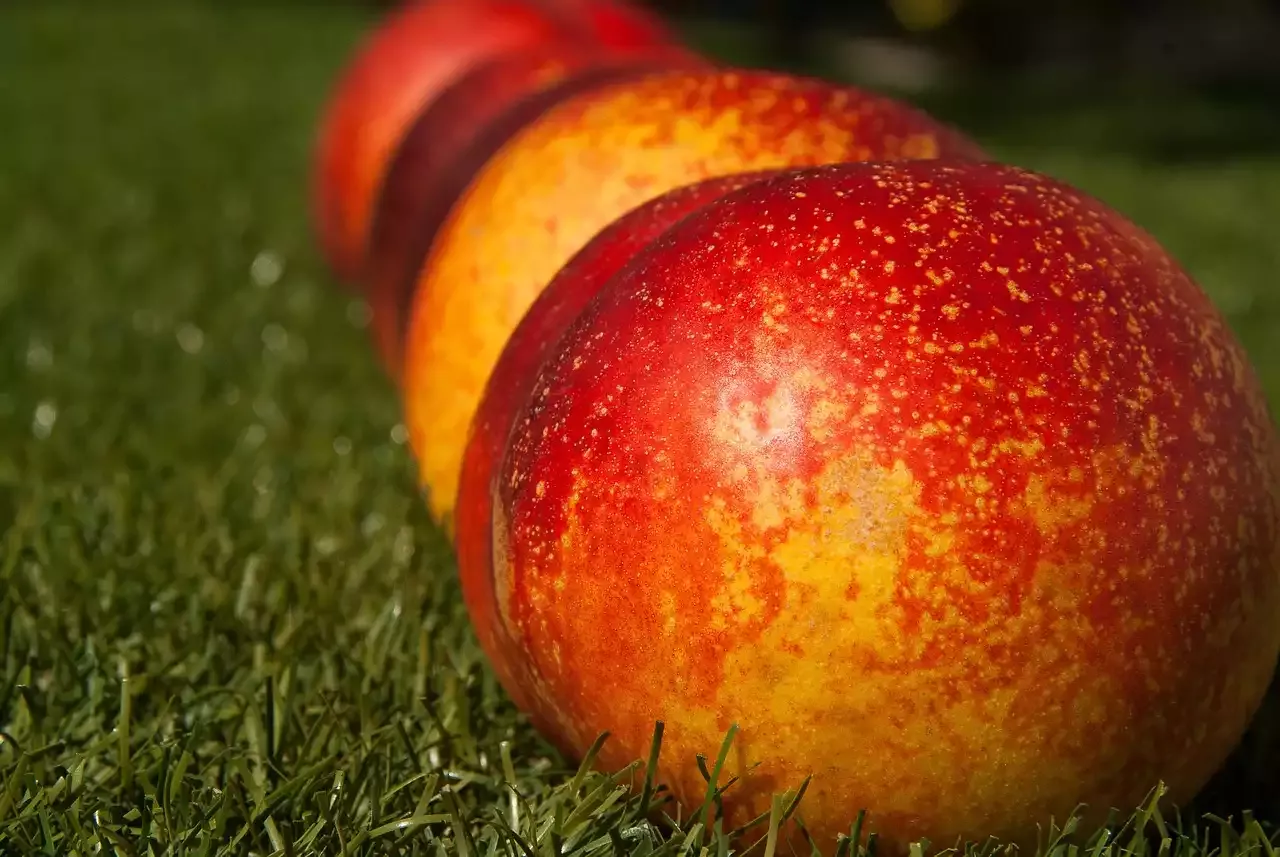Choosing the right apricots for blanching
When it comes to blanching apricots, it's important to choose the right ones. You want to select apricots that are ripe but not overly soft. Overripe apricots will have a mushy texture and won't hold up well during blanching. Look for apricots that are firm to the touch and have a bright orange color. They should also give off a sweet aroma.
It's best to use fresh apricots for blanching. If you can't find fresh ones, frozen apricots will work too. Just make sure to thaw them completely before blanching.
Once you've selected your apricots, it's time to get started with blanching!
Preparing the apricots for blanching
Before blanching your apricots, you'll need to prepare them by washing and halving them. Start by rinsing the apricots under cool running water to remove any dirt or debris. Then, using a sharp knife, cut the apricots in half and remove the pits.
If you're planning to use the apricots for a recipe that requires them to be peeled, you can peel them now or after blanching. However, keep in mind that blanching will make the peeling process much easier.
Blanching the apricots
To blanch apricots, you'll need a large pot of boiling water and a bowl of ice water. The boiling water will help loosen the skin of the apricots, while the ice water will stop the cooking process and help preserve the color and texture of the fruit.
Start by bringing a large pot of water to a boil. Once the water is boiling, carefully add the apricots to the pot. Make sure the apricots are completely submerged in the water.
Let the apricots boil for about 45 seconds to 1 minute. You'll notice the skin starting to loosen and peel away from the fruit.
Using a slotted spoon, remove the apricots from the boiling water and immediately transfer them to the bowl of ice water. Let them sit in the ice water for about 1-2 minutes or until they have completely cooled down.
Peeling the apricots
After the apricots have been blanched and cooled down, it's time to peel them. The skin should easily peel away from the fruit, making the process quick and easy.
If you're having trouble peeling the apricots, you can use a small paring knife to help remove any stubborn skin.
Using blanched apricots in recipes
Blanched apricots can be used in a variety of recipes, from jams and pies to salads and smoothies. Here are a few ideas for using blanched apricots in your cooking:
- Apricot jam: Use your blanched apricots to make a delicious homemade jam. Simply mash the apricots and cook them down with sugar and lemon juice until thickened.
- Apricot pie: Add blanched apricots to your favorite pie recipe for a sweet and tangy filling.
- Apricot salad: Toss blanched apricots with arugula, goat cheese, and a lemon vinaigrette for a refreshing summer salad.
- Apricot smoothie: Blend blanched apricots with yogurt, honey, and ice for a tasty and healthy smoothie.
Storing blanched apricots
Blanched apricots can be stored in an airtight container in the refrigerator for up to 5 days. You can also freeze blanched apricots for up to 6 months. Simply place the blanched and peeled apricots in a freezer-safe bag and remove as much air as possible before sealing.
Last Thing
Blanching apricots is a simple and easy technique that can be used to enhance the flavor and appearance of this delicious fruit. By following these step-by-step instructions, you'll be able to blanch apricots like a pro and use them in a variety of recipes. Whether you're a seasoned cook or a beginner, blanching apricots is a great way to take your cooking skills to the next level!
